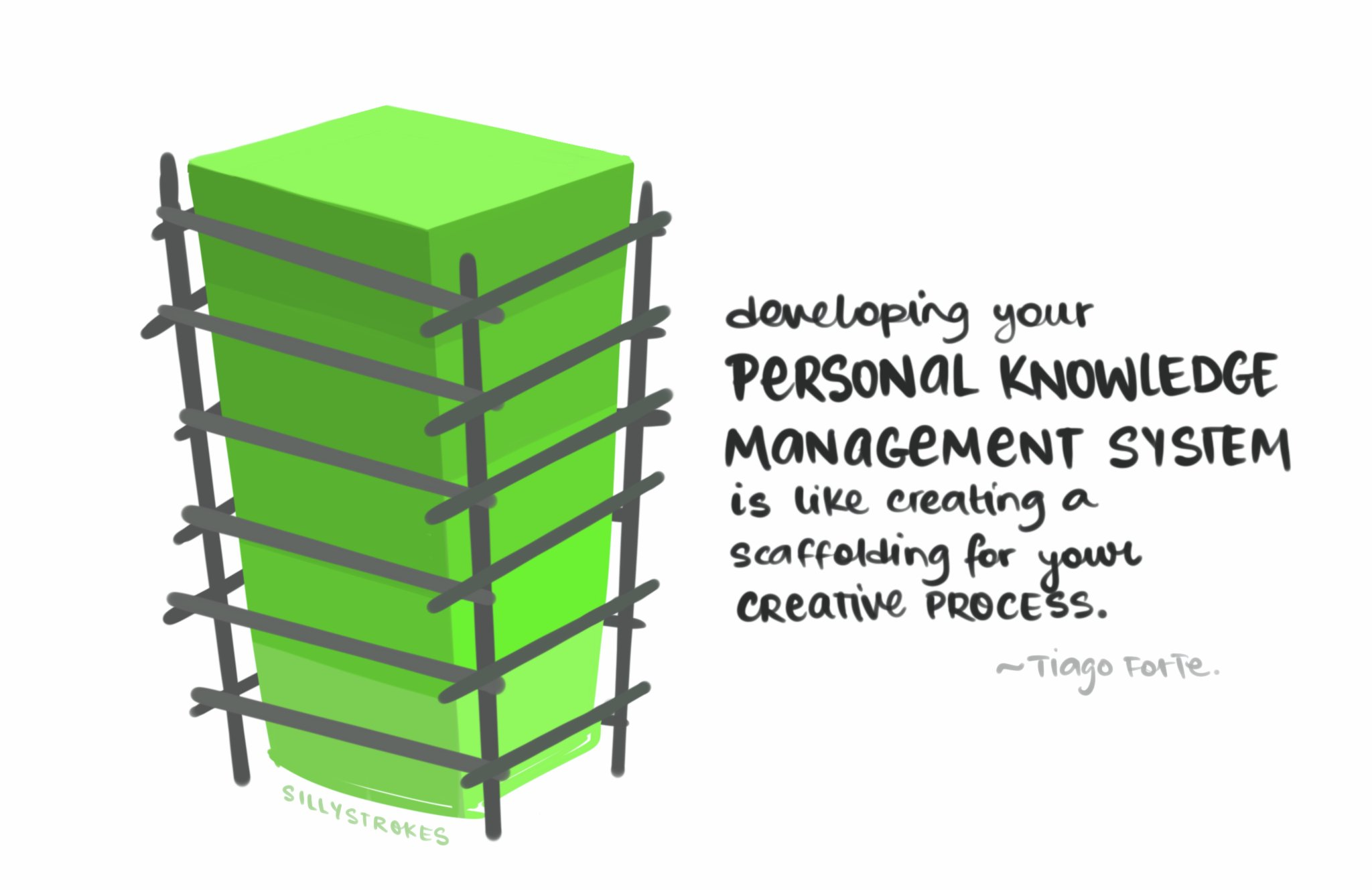Visual Notes
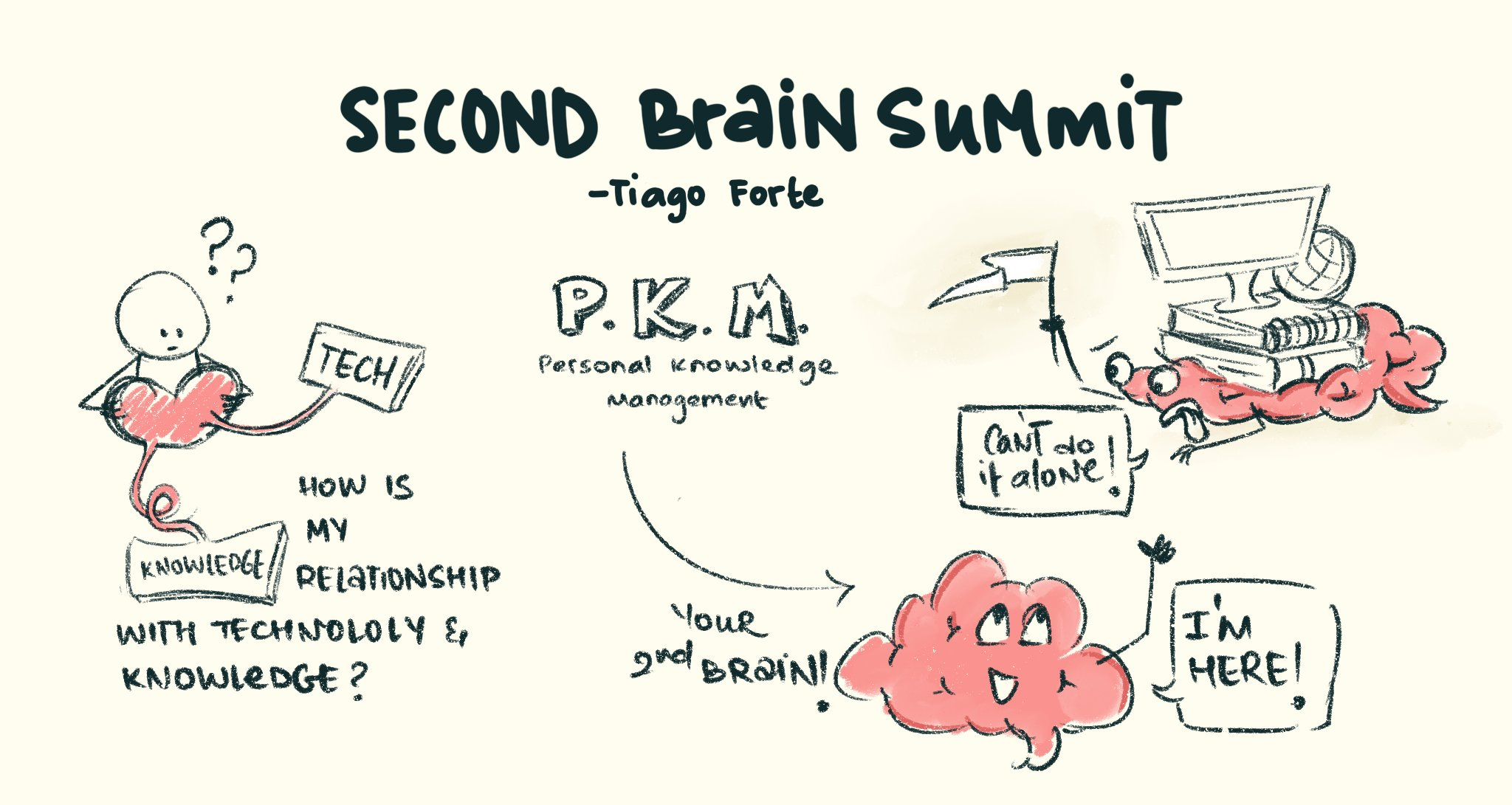
Capture
Not everything we capture needs to go into our second brain. Use a buffer space that holds captured content till we can decide if it’s actually of value.

Our content consumption is largely shaped by our habits. Instead of trying to reset it all at once, make smaller visible shifts in terms of how we spend our time
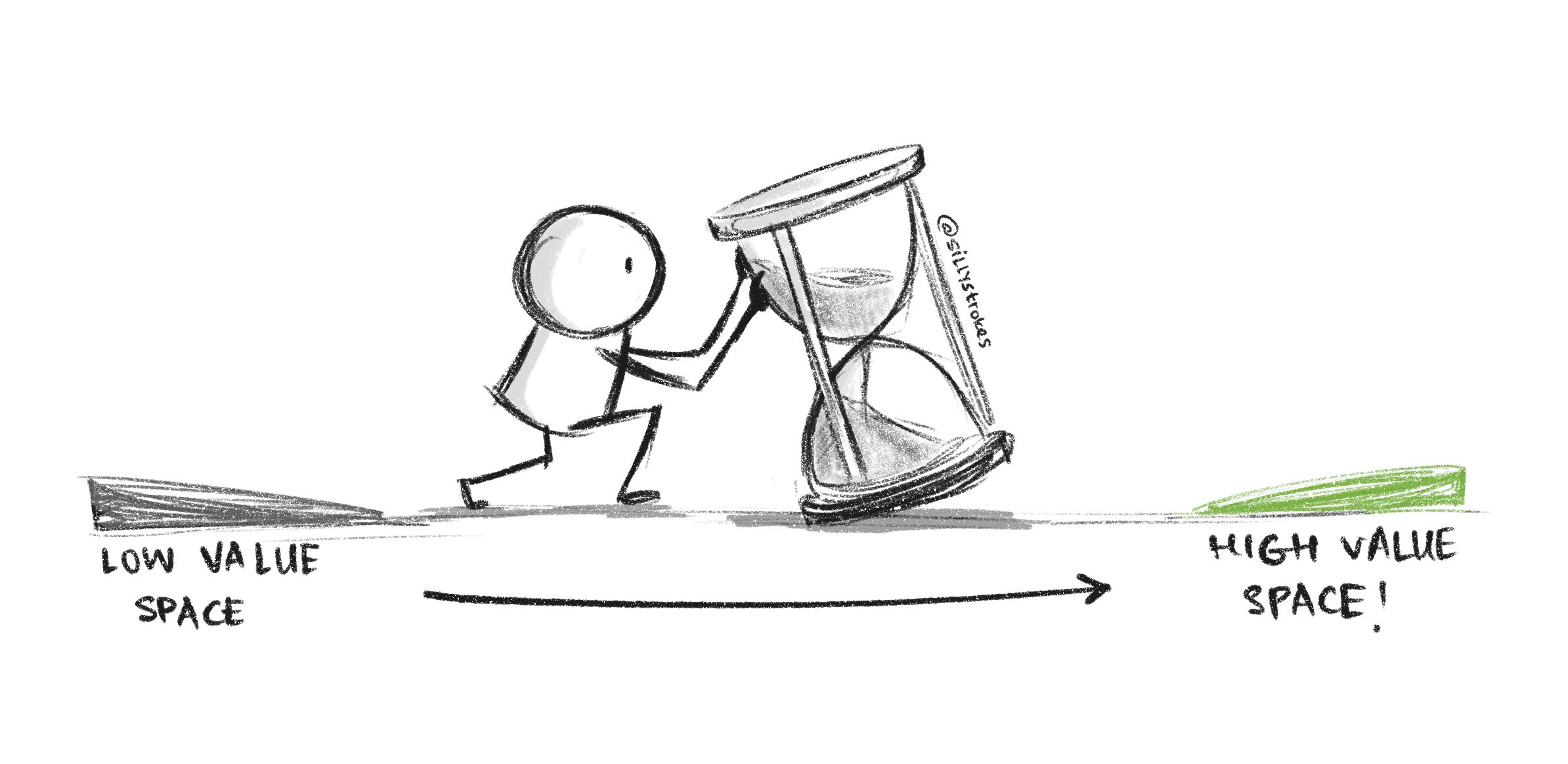
Organize
If I can’t find a space for a captured data, I most likely don’t need it. (connected with Para Blog by Tiago Forte)
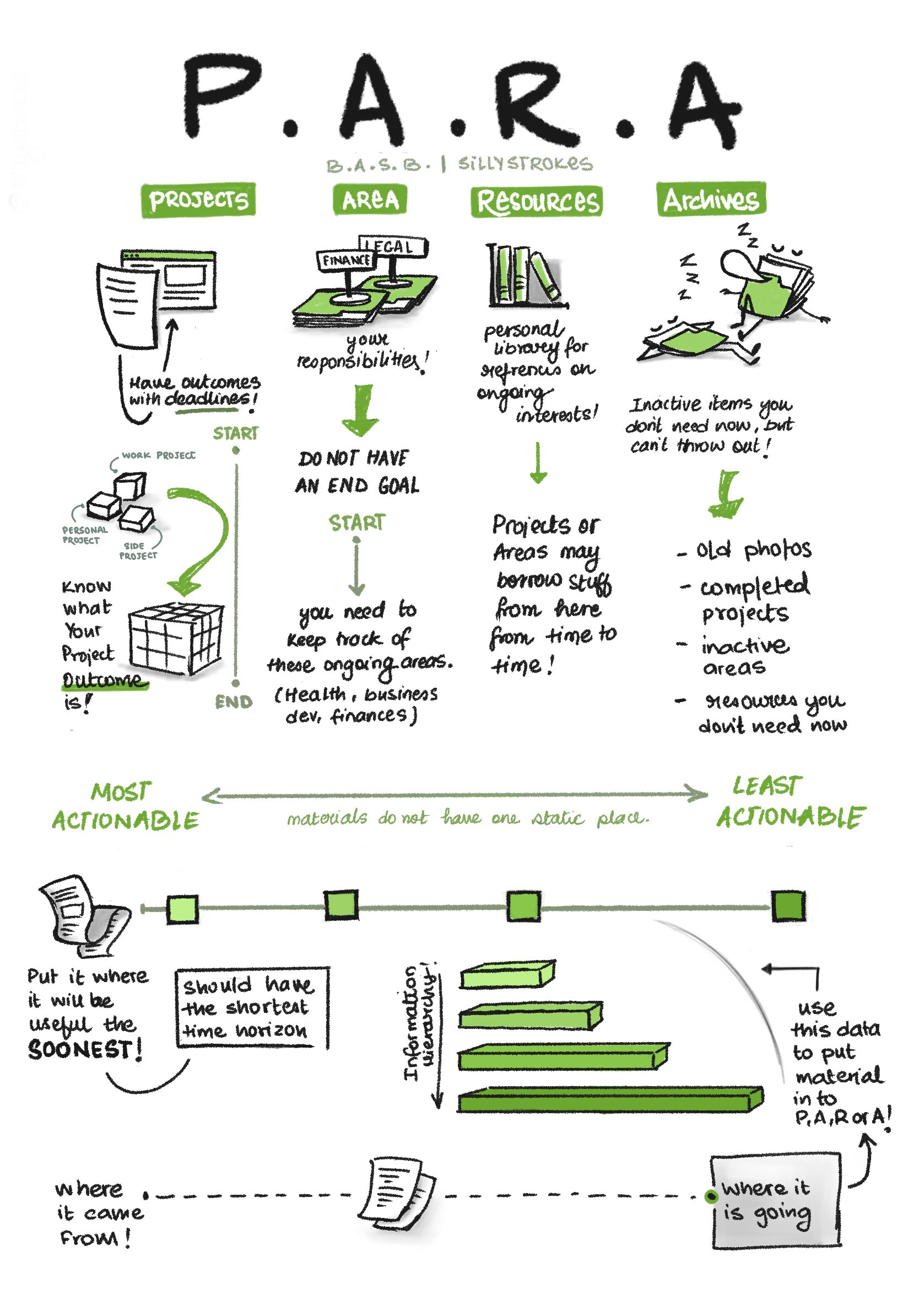 Organise information based on their usage, not by where they come from.
Organise information based on their usage, not by where they come from.
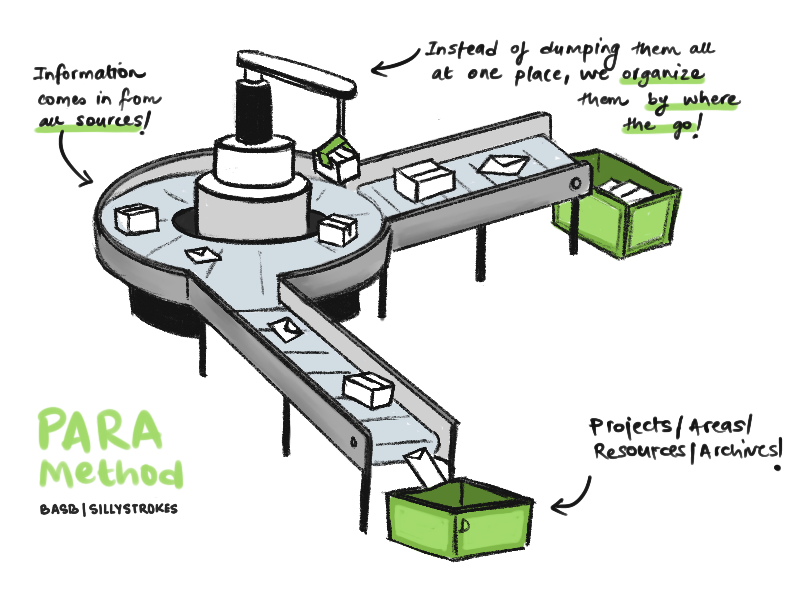 Break down your projects into actionable tasks. This way, your projects get done.
Break down your projects into actionable tasks. This way, your projects get done.
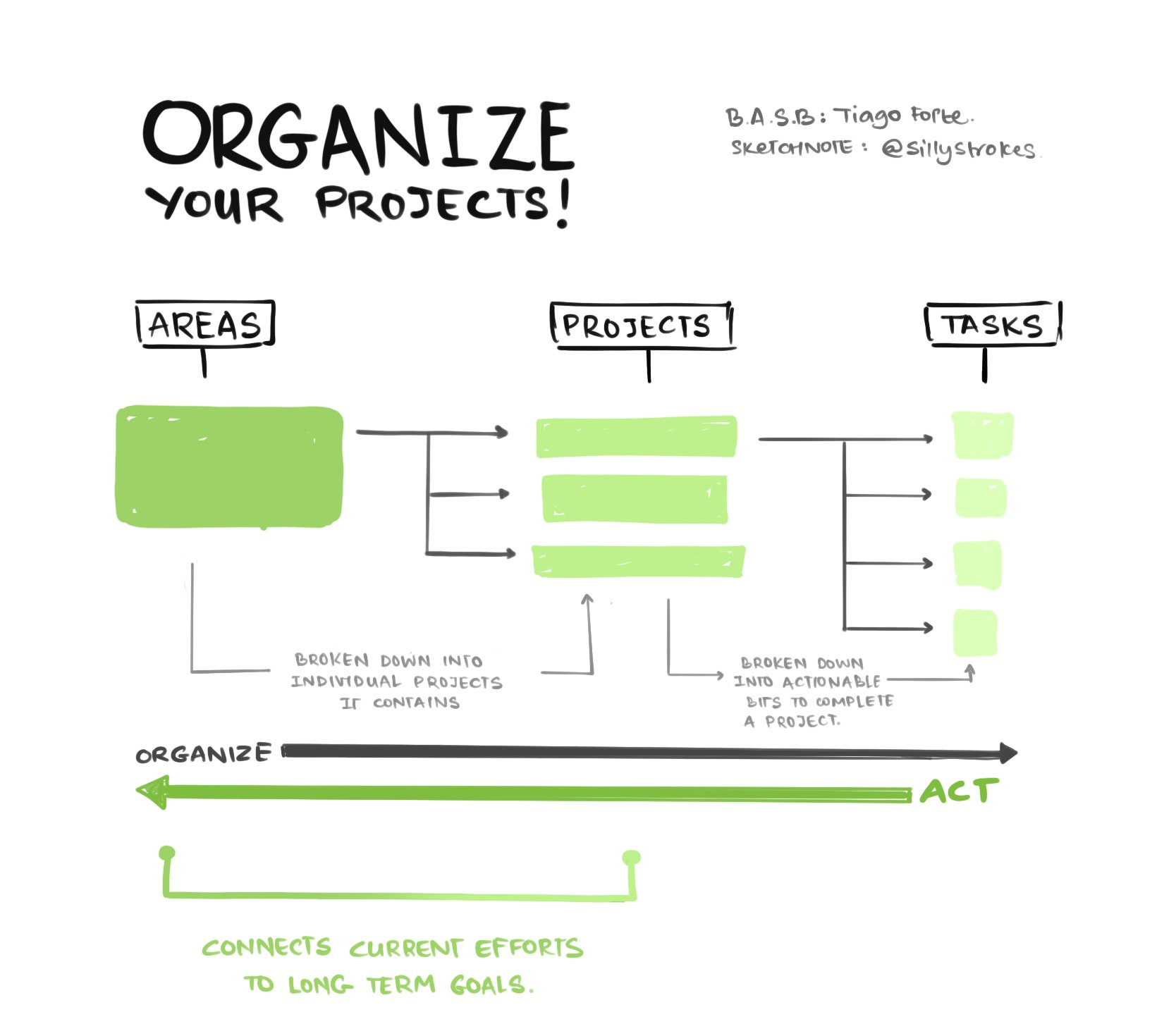
Distill
Note-taking is a tool for creativity. It means you DON’T have to be creative to be able to do it.
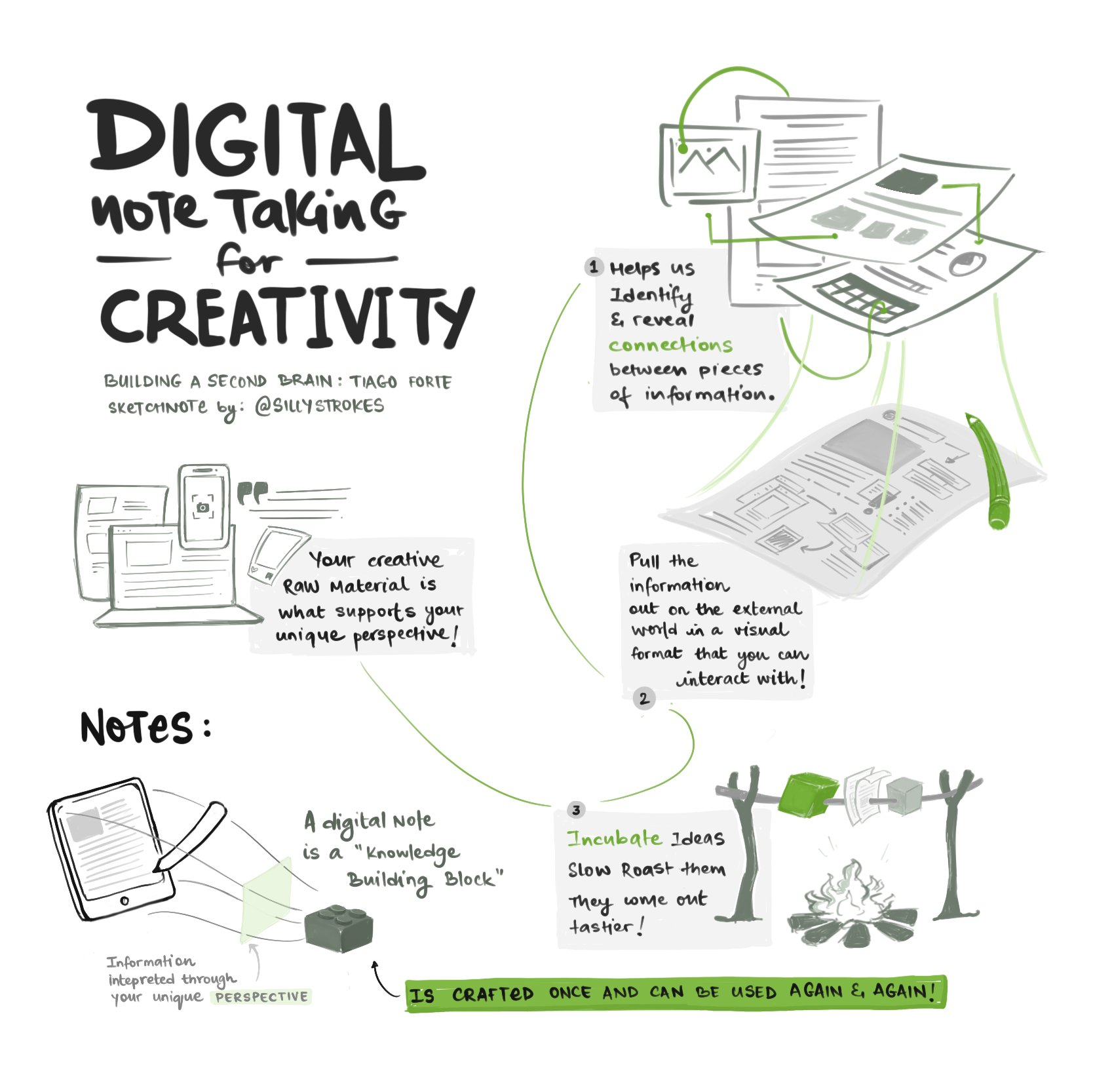
These small elevations may seem unnecessary but they make all the difference when trying to find information after saving and forgetting. (see Create an outline, Progressive Summarization)

Highlighting the entire page makes it loose it’s importance no matter how valuable the data is. It’s not readable, especially not at a glance. You are most likely to skip it because it overburdens you. Don’t do this with your notes. (Progressive Summarization)
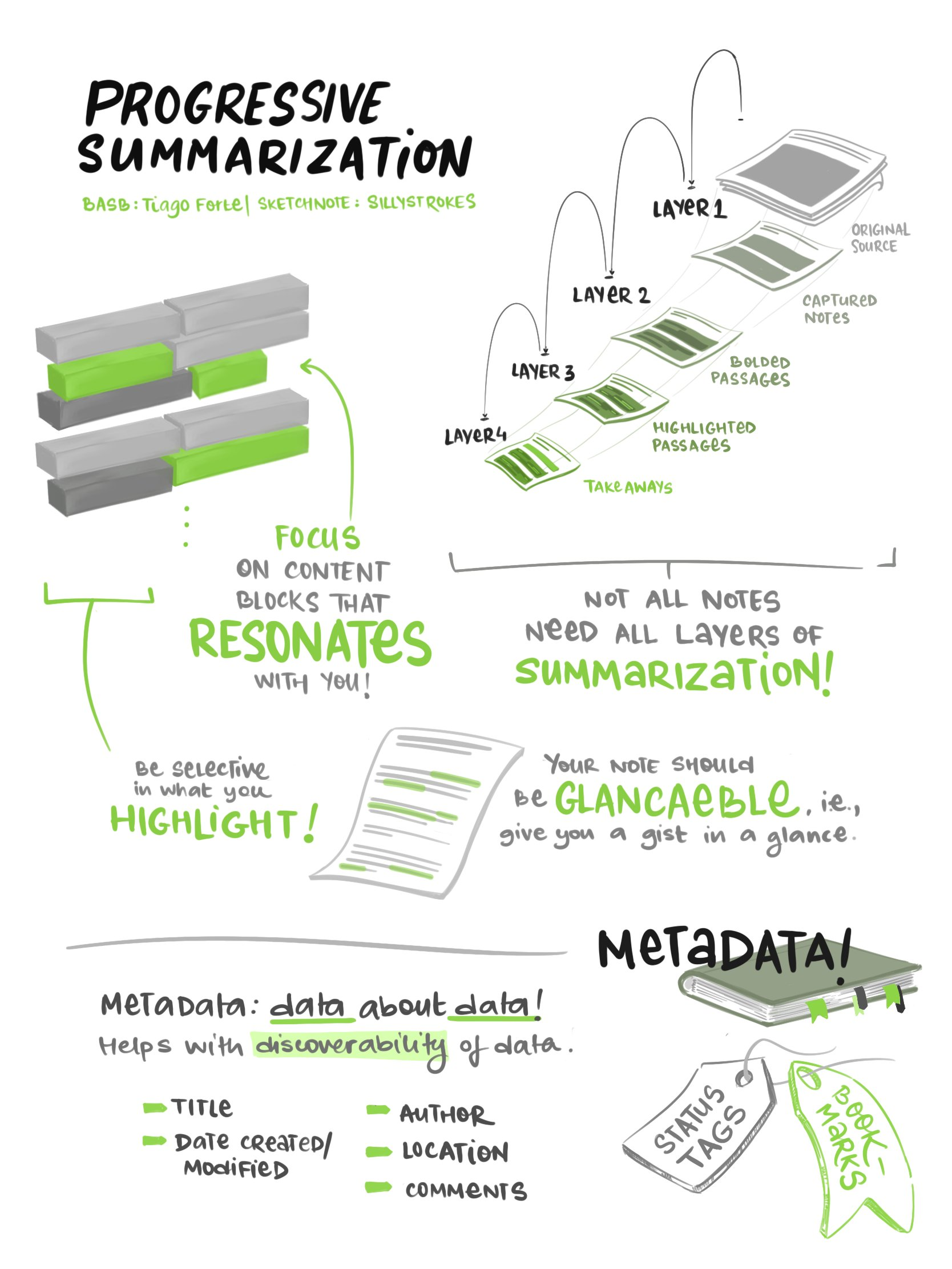
Your time and efforts are an investment. See how it can give you returns.
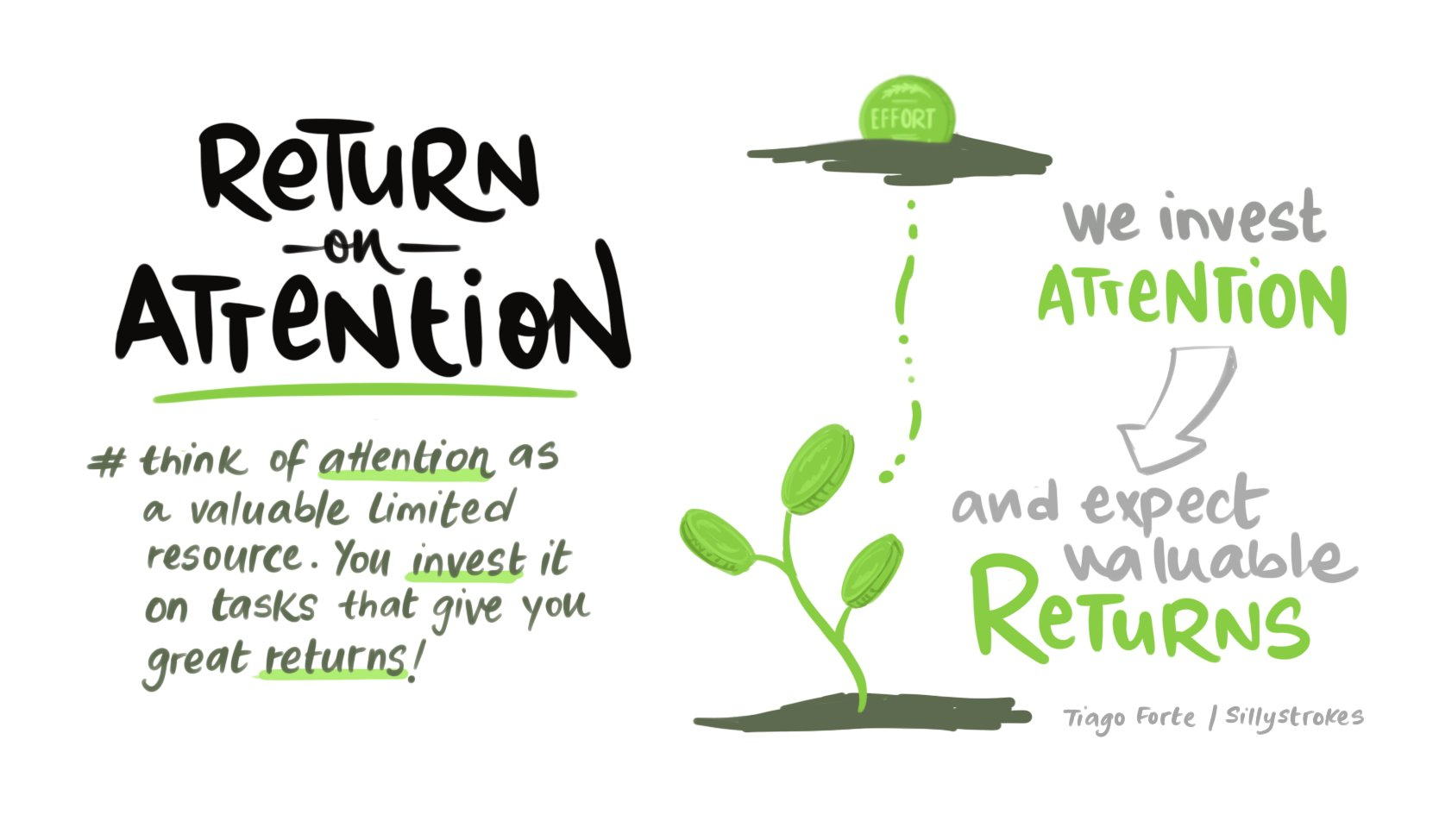
Create and environment and a process that reduces eliminates the struggle period.
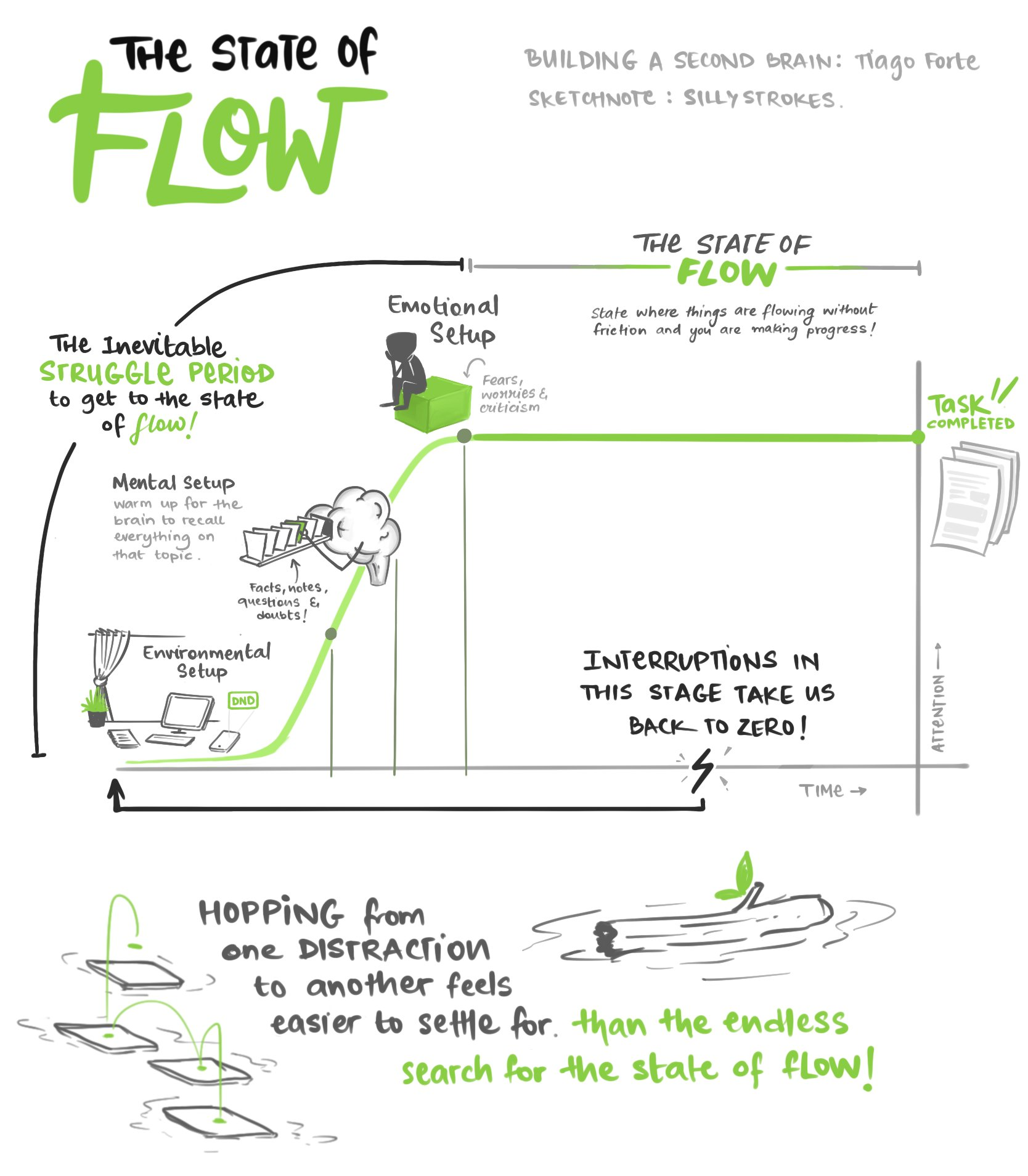
Creating intermediate packets does exactly that. Have shorter, well defined outputs you work towards. This makes your work process less vulnerable to interruptions.
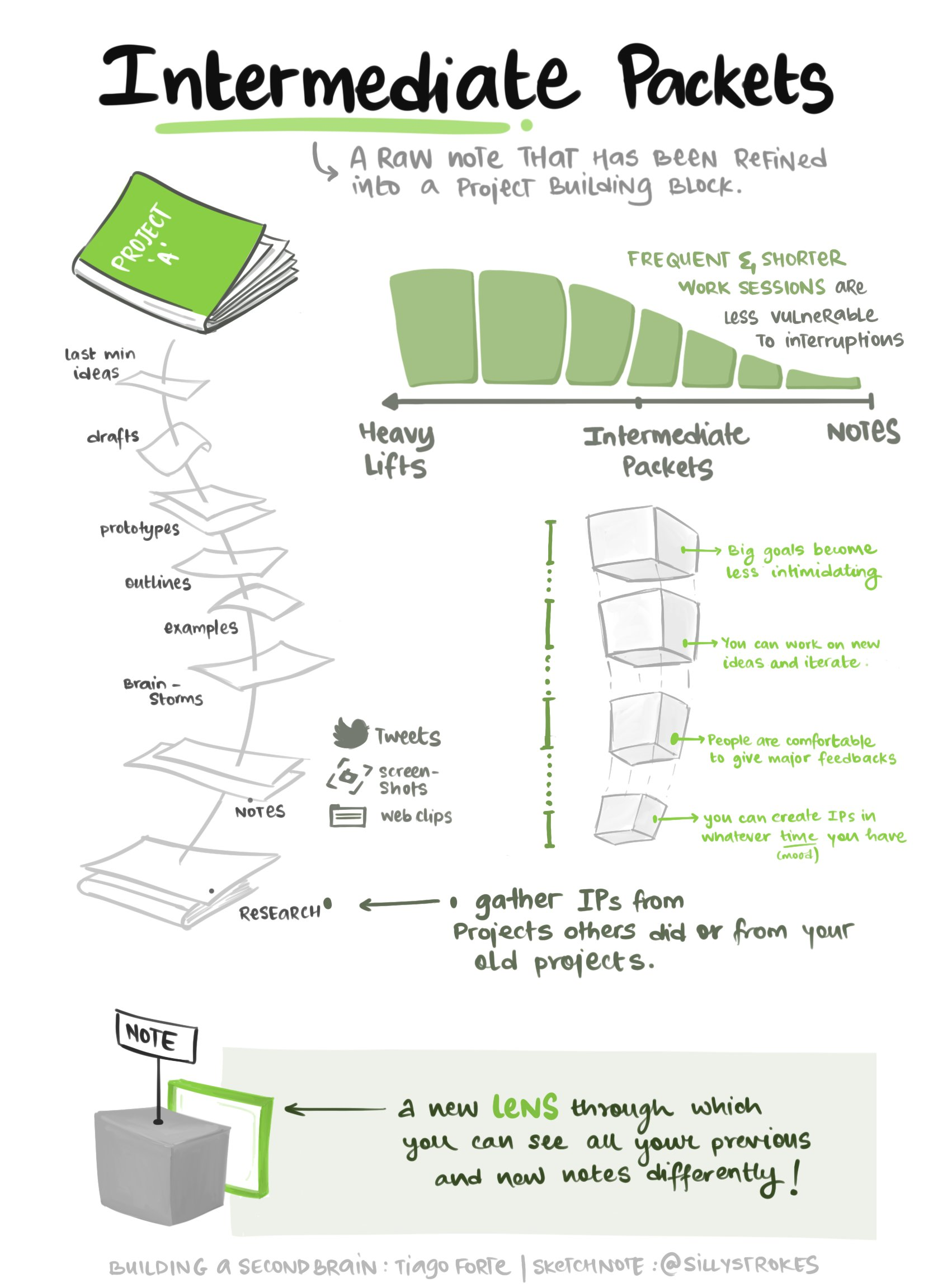
Express
This is the time when a lot of creative decisions need to be made. Setting priorities and converging towards a final deliverable. The process need not be linear. In-fact it’s almost always a loop.
 Make once, use it forever. Compound existing knowledge and you will never have to start a project from scratch.
Make once, use it forever. Compound existing knowledge and you will never have to start a project from scratch.
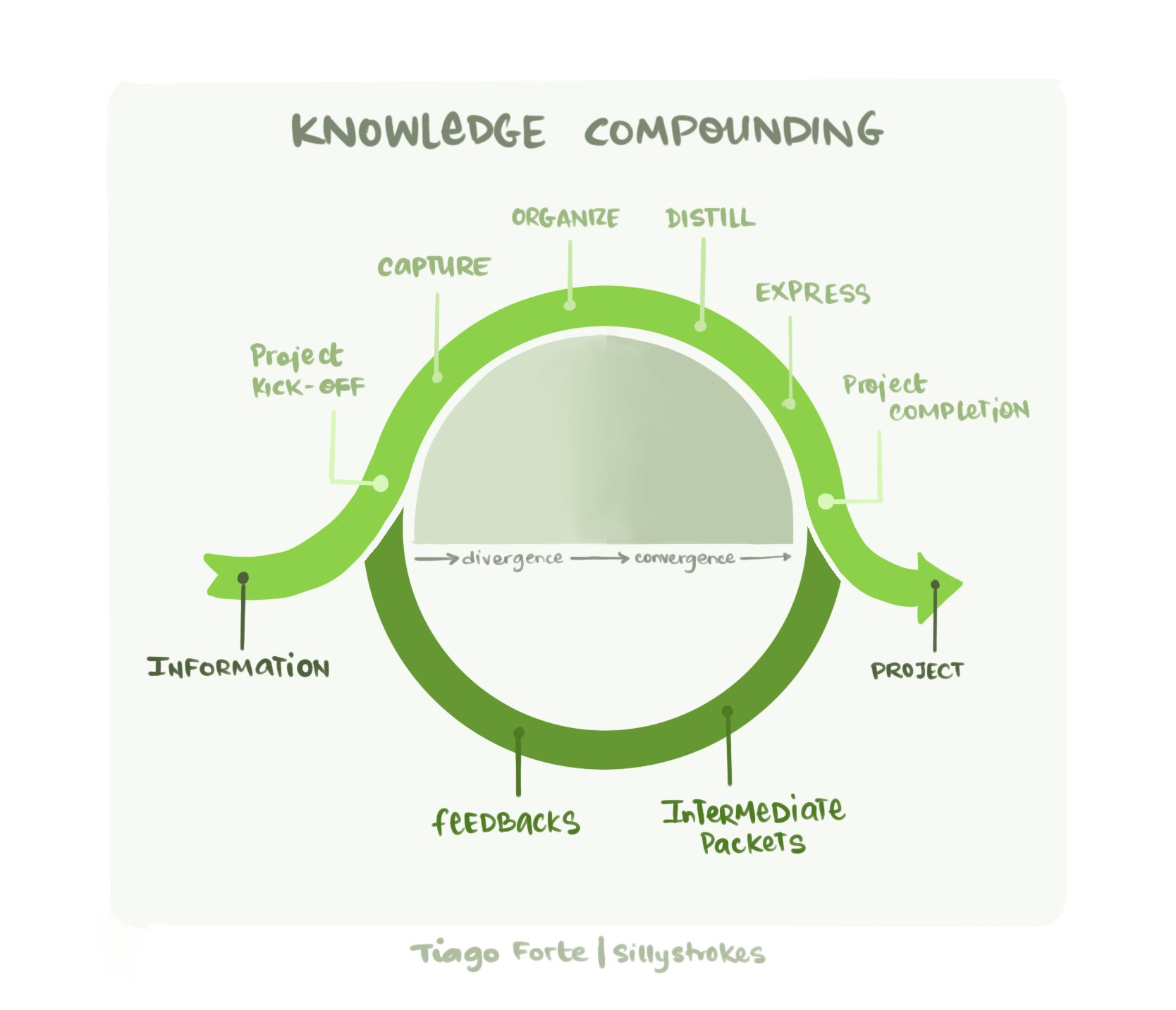
Your second brain is the structure upon which your creative processes will thrive.
